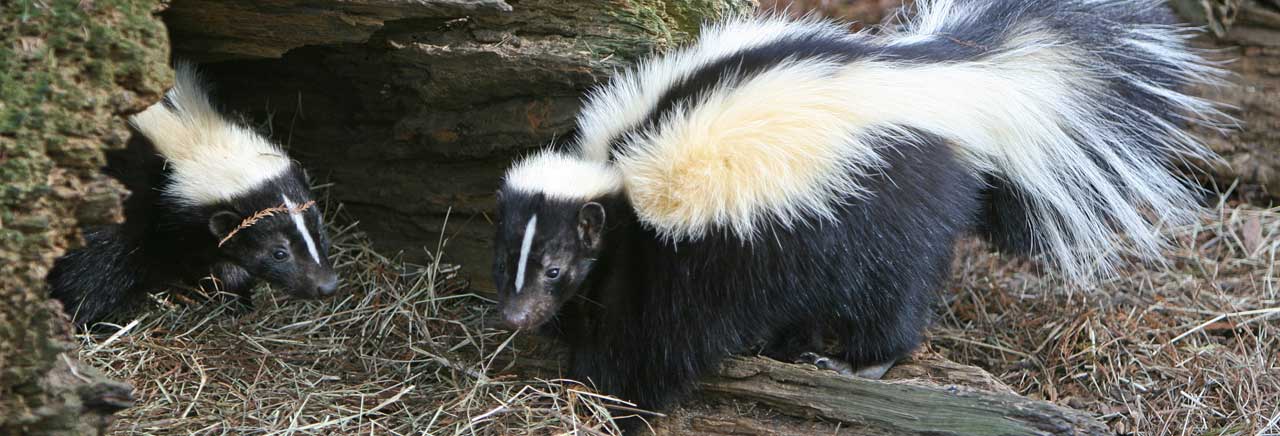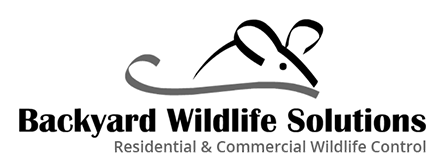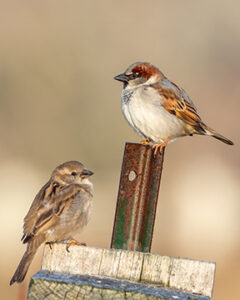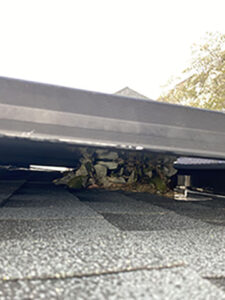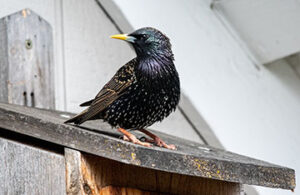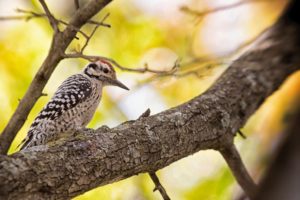
Protect Your Home from Woodpeckers with Backyard Wildlife Solutions
While woodpeckers are beautiful and majestic birds, they can cause serious damage to homes. At Backyard Wildlife Solutions, we offer preventative methods to keep woodpeckers away from your home!
What Do Woodpeckers Look Like?
In Pennsylvania, we see seven different species of woodpeckers that range from 6 to 18 inches long. They also have a chiseled-like beak used for drilling into trees and other structures. Most male woodpeckers have red markings on the tops of their heads and a mixture of white and brown feathers on their body.
What Do They Do?
Woodpeckers are most commonly known for drumming and their undulating flight. While woodpeckers drill into trees to find food, “drumming” is a rhythmic pecking where they drill into the wood when no insects are present. They drum to mark territory, nest, and communicate with other species of woodpeckers.
Moreover, drumming is performed on wooden components of a home, like siding, shingles, and trim. They will also go after wooden decks and fences. Surprisingly, woodpeckers will choose unhealthy trees to drill into. They strip bark from dead or dying trees, preventing pests from spreading to nearby healthy trees. However, if the area has a low number of unhealthy trees, they will drill into healthy ones.
Food Storage Habits
Woodpeckers in Pennsylvania, such as the Red-bellied Woodpecker and the Downy Woodpecker, do engage in food storage behavior, but they do not typically hide nuts in trees in the same way as the acorn woodpecker does. Instead, they may store food in crevices in tree bark or other small cavities.
One woodpecker species that does store food in this manner is the Red-bellied Woodpecker. They are known to store acorns and other nuts, as well as insects, in tree crevices and even in the wooden structures of houses or utility poles. This behavior helps them ensure a food supply during the winter months when food is scarce.
Overall, while woodpeckers in Pennsylvania do store food, their methods and habits differ from those of the acorn woodpecker, which creates extensive granaries by drilling holes in trees specifically to store acorns.
What Diseases Do They Carry?
As we have highlighted before, birds make very large messes. They leave nesting debris and their droppings contain many diseases. Histoplasmosis, which is fatal to humans, is found in their droppings. West Nile Virus, E. Coli, and Salmonella are also found in their droppings.
How Do We Deal with Woodpeckers?
Woodpeckers are a protected species. If they are in your home, we can use one-way doors to flush them out when eggs or young ones aren’t present. One-way doors are placed in their common entry points. These doors allow the birds to leave, but not return. Once they have left, we seal the home to prevent birds or other animals from entering. We also offer custom solutions to protect or cover the wood elements of your home. In some cases, we use a visual deterrent to discourage them from returning.
If you’re hearing a woodpecker drilling on your home or believe they may be in your home, please call us or use our contact form. We’re your licensed wildlife control technicians for woodpeckers and other animals in Central PA! We are currently serving all of Central PA: Lancaster, Lebanon, Harrisburg, York, and surrounding counties.
